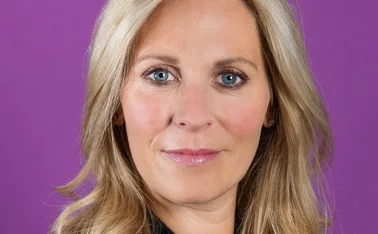
Blog: The rising threat of underinsurance

Chris Andrews of Aviva discusses how today’s challenges could be creating an increased risk of underinsurance
Chris AndrewsWe’re living through a difficult period in our country’s economic history. The cost-of-living crisis comes at a time when we’re still dealing with the lasting effects of Covid-19, Brexit and the ongoing war in Ukraine.
At the same time, we’re seeing inflation rising, increasing fuel and energy prices, and this is having a significant impact across everything including building materials and supply chain issues. All of this is impacting the prices
Only users who have a paid subscription or are part of a corporate subscription are able to print or copy content.
To access these options, along with all other subscription benefits, please contact info@insuranceage.co.uk or view our subscription options here: https://subscriptions.insuranceage.co.uk/subscribe
You are currently unable to print this content. Please contact info@insuranceage.co.uk to find out more.
You are currently unable to copy this content. Please contact info@insuranceage.co.uk to find out more.
Copyright Infopro Digital Limited. All rights reserved.
As outlined in our terms and conditions, https://www.infopro-digital.com/terms-and-conditions/subscriptions/ (point 2.4), printing is limited to a single copy.
If you would like to purchase additional rights please email info@insuranceage.co.uk
Copyright Infopro Digital Limited. All rights reserved.
You may share this content using our article tools. As outlined in our terms and conditions, https://www.infopro-digital.com/terms-and-conditions/subscriptions/ (clause 2.4), an Authorised User may only make one copy of the materials for their own personal use. You must also comply with the restrictions in clause 2.5.
If you would like to purchase additional rights please email info@insuranceage.co.uk








